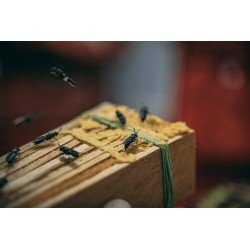GREN FOX
Gren Fox is a Polish manufacturer of professional solutions for cultivating ecological, wholesome and healthy plants. We employ 150 people who make sure that our products meet the requirements of our customers in terms of reliability, performance and competitiveness on the market.We are not satisfied with what the modern world offers us..
This is why we want to give you the opportunity to choose between vegetables full of harmful chemicals and our own, wholesome, organic BIO products. At the same time, aware of the ever growing ECO trend in professional horticultural production, we have prepared an offer also for larger, industrial scale production.
